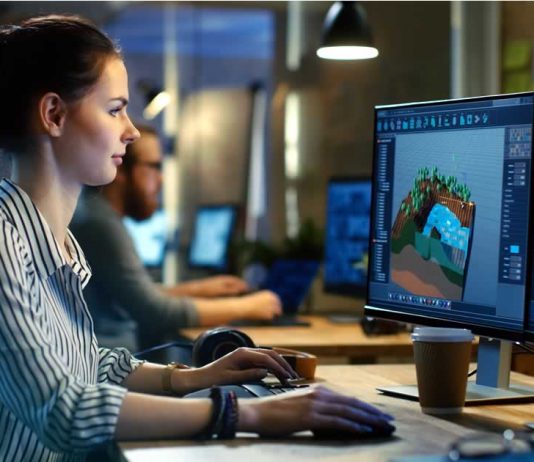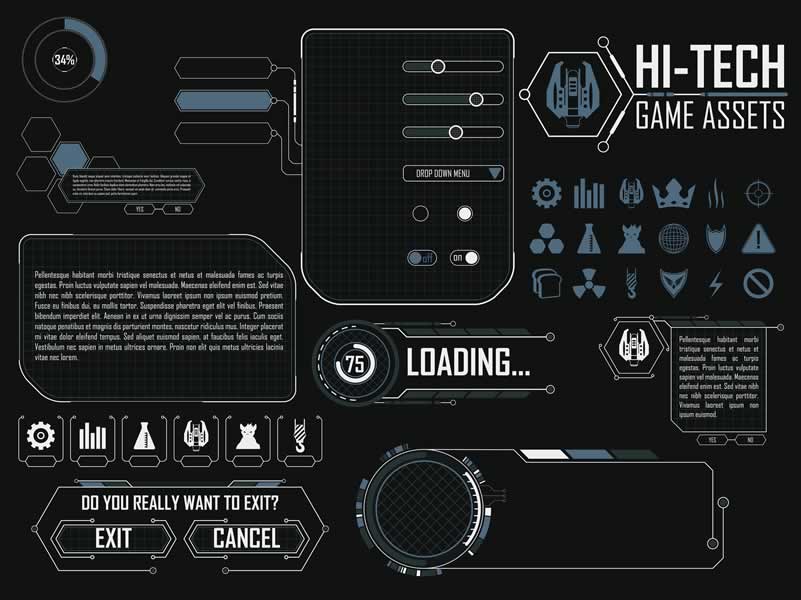A game prototype is the next best thing to having a fully functional game. A prototype tests if your storyline is plausible and evaluates its potential to become a game. Prototyping requires creating an initial yet playable version for clients to know the prospective game’s concept and mechanics. It also allows players to explore game controls and levels, as well as provide feedback to improve the game.
Ensuring that your prototype covers the essential features of a good game allows you to have an effective way of assessing its potential. Whether done on paper, through basic programming, or prototyping tools, designing a playable yet straightforward version of your game is essential for it to become successful.
Contents
Building A Game Prototype
Prototypes are helpful representations of your game idea. Building one can take various forms based on your target audience. A paper prototype can give a quick overview for clients, while a low-fidelity design can outline design solutions early on. On the other hand, a high-fidelity sample can give non-technical investors an idea of the game’s mechanics and design. It can also provide users with a model that’s near-identical to the final design, for which they can play and provide feedback.
When testing your game’s concepts, you can make the most of this stage through the following ways:
1. Test Your Game Design and Core Mechanics
One of the main purposes for creating a prototype is to be able to test the game design. This includes essential elements such as the rules, architecture, and aesthetics among other aspects of the game. A prototype can also help access the quality of the game and prompt modifications early on. While prototyping is one of the most exhausting stages of game development, ensuring that your game’s design and core mechanics are feasible can help it progress further down the production line.
2. Use The Right Prototyping Tool
Game development not only requires coming up with a brilliant idea but a working knowledge of the programming language as well. Basic coding allows you to put in the necessary elements of the game, while advanced coding can help you tweak the game’s mechanics and make it as fun as possible.
Using the right prototyping tool helps you achieve this purpose and more as it helps determine how the game should be played, its levels and sequences, as well as what type of device it can be played on. A prototyping tool also helps developers create good visuals that can entice their audience. For instance, if you’re developing a mobile game, you can look here for a prototyping tool that could help you design one even without knowledge of coding.
3. Generate Feedback From Potential Players
Developing playable versions of your game allows users to test the actual playthrough and provide feedback. They can comment on its various aspects, and their multiple viewpoints can help you make adjustments that are necessary for the game’s success.
Testing with real users has a definite advantage since it gives you the end-user’s perspective, which can help you refine and further streamline your game in terms of story, design, platform, or mechanics. Some beta players can even suggest ways on how you can effectively launch or game or level titles that would pique the interest of other potential players.
4. Solve Known Issues
Aside from improving your game, prototypes also bring to fore issues that players may encounter and correct them before the game goes live. This can help game developers resolve these issues, as well as anticipate aspects of the game that need correcting while it’s being built.
Some issues that can be solved through prototyping include:
- Confusing user interface
- Faulty mechanics
- Gaps in the storytelling
- Design inconsistencies
- Connectivity issues for multiplayer platforms
5. Create A User-Friendly Version
Incorporating player feedback and tweaks for improvement ensures a prototype eventually develops into a user-friendly version of the game. With this, the game can be streamlined to allow users and clients to navigate and appreciate its features even while it’s still in its seminal stage.
Conclusion
Developing a game prototype can be both fun and educational. Prototypes translate ideas into working models through testing and user feedback. Using the right prototyping tool helps you resolve coding, design, and other issues so that a playable sample of the game can be readily accessible for clients, investors, and potential players.



